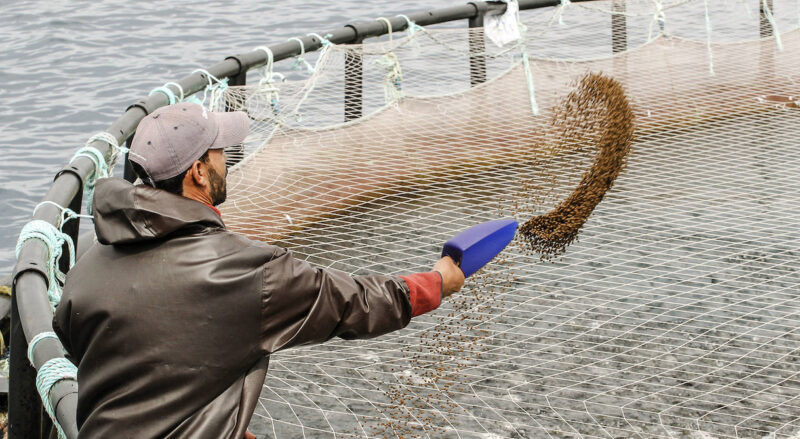Aquaculture main driver of fish production globally
Maintaining aquaculture growth will require responsive and effective governance states UN food agency and the OECD
By Fabian Dawson
SeaWestNews
Aquaculture is expected to be the main driver for the increase of fish production globally, according to a new report by the Food and Agricultural Organization of the United Nations (FAO) and the Organisation for Economic Co-operation and Development (OECD).
By 2030, global aquaculture production is projected to reach 103 Mt, 6 Mt more than the capture sector projected the OECD-FAO Agricultural Outlook 2021-2030 report.
Per capita fish consumption will increase in Asia, Europe, and the Americas, while it will remain stable in Oceania and decrease in Africa, the continent with the fastest growing population which will outpace growth in its food fish supply, said the report.
However, it cautioned that maintaining aquaculture growth will require responsive and effective governance, increased investment, improvements in technology, innovations and research, and more efficient production and profitability.
The majority of fish production is projected to be consumed as food (181 Mt in 2030), with only 10% going to non-food uses (mainly fishmeal and fish oil). About 72% of the food fish will be consumed in Asian countries.
The major uncertainty during this forecasting exercise is the COVID-19 pandemic, in particular for the first years of the decade said the report.
“The pandemic has impacted both supply, with restrictions keeping many vessels in port and complicating access to production inputs (e.g. seeds and feeds) for aquaculture, and demand with higher unemployment and many restaurants and hotels closed or empty for long periods.
“On a positive note, the pandemic has created opportunities for new distribution channels, product innovation, and shorter value chains which are likely to benefit the industry going forward,” said the report.
Overall, the OECD and FAO said that prices of major food commodities are expected to ease in the coming decade after a surge in the past year.
Chinese demand would remain a driver of global agricultural markets, particularly for consumption of meat and fish, but rising at a slower pace than the past decade, the report said.
Greenhouse gas (GHG) emissions from agriculture were projected to increase by 4% over the next 10 years, with livestock accounting for more than 80% of the rise.
(Image of worker at a sea bass farm courtesy of FAO)
RELATED COMMENTARY
Food Insecurity is a reality in BC yet we pretend not to see it

